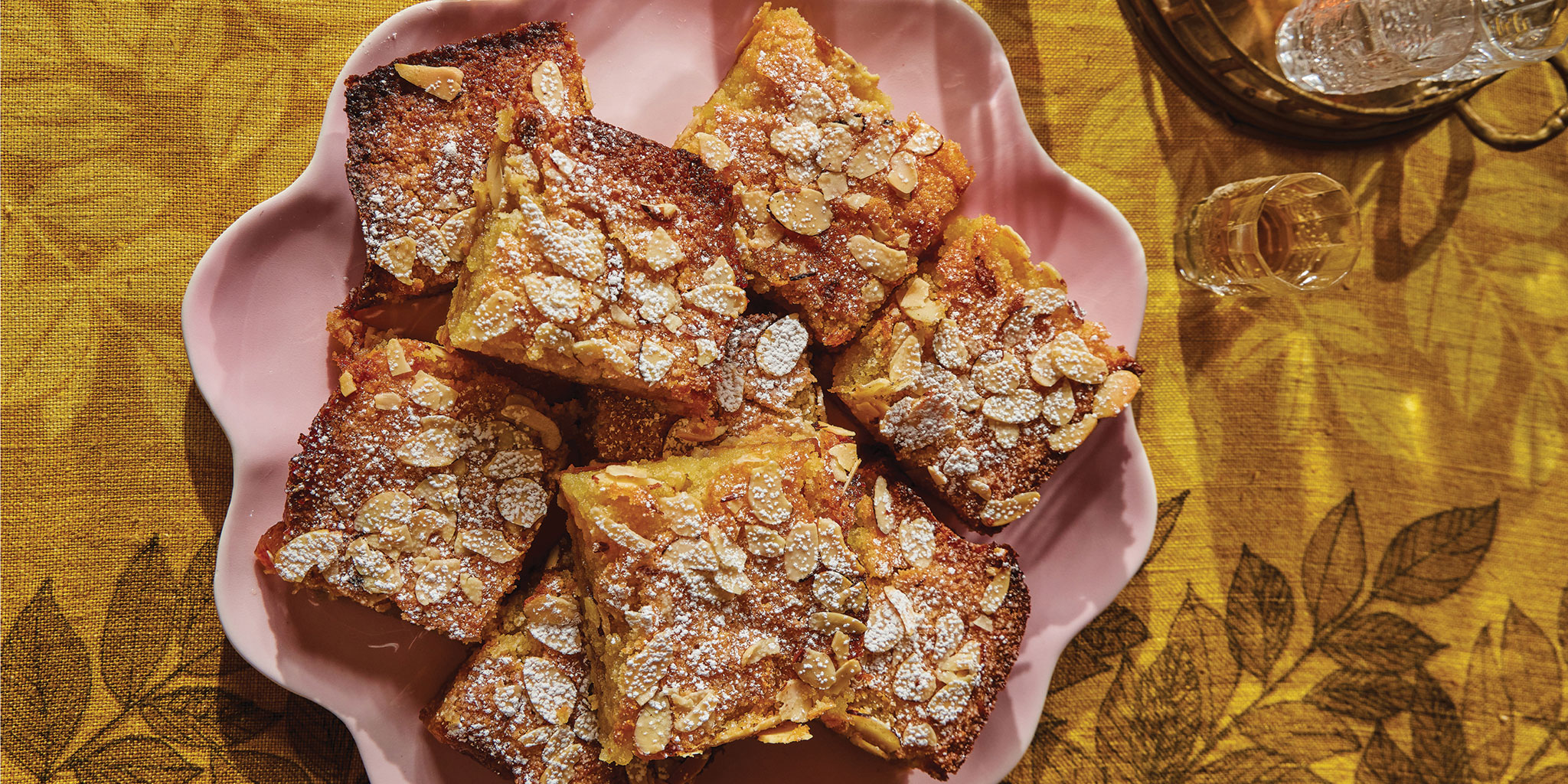How long does it last…a few days?…A week?…Maybe a month? What I am referring to is the time a person devotes to their New Year’s Resolution before they succumb to a lack of willpower and abort the low calorie/low fat diet they attempted on January 2nd!
Well, new research indicates that the problem isn’t just a lack of self control. There is compelling evidence to suggest that overweight individuals have a resistance to a key appetite hormone – leptin – a gut micro-organism mixture that leads to weight gain, or a combination of the two!
Although there are no medications to fix this, (the body is too comprehensive and interrelated for easy over-riding of chemical systems) the good news is that certain dietary interventions are helping to over-ride the leptin resistance and re-set the body for weight loss. But these are NOT what you would commonly think to do, so read on…
Leptin
Leptin is a hormone that is produced in the body that is the “stop” signal that tells the brain to stop eating when the stomach is full.
In 1994, Professor Jeffrey Friedman, MD and PhD at the Rockefeller University discovered that leptin resistance is a leading cause of abdominal fat.
The problem is that overweight people produce leptin in excess, but they have a resistance to its message. This is very similar to type 2 diabetics, who continue to produce insulin, though their bodies no longer respond and their blood sugar becomes too high without dietary and/or medical interventions.
This news is not new to researchers and drug companies who thought they would be able to create a medication that would correct the leptin and other hormones that have subsequently been found to be involved in this hunger/satiety problem.
Here is the information that will most aid the overweight person with the New Year’s Resolution to lose weight: A contingency of experts believe that certain lifestyle changes involving diet can have profound effects on weight loss by changing leptin resistance. Interestingly, the dietary changes go against the low-calorie/low-fat regimen that most overweight people attempt when trying to lose weight. A program involving “high good fat” and “low whole grains and starches” appears to be more successful at reversing leptin resistance while decreasing weight.
There is evidence that an African plant, Irvingia Gabonensis, is effective at reversing leptin resistance, as well as decreasing cholesterol, fasting glucose levels and C-reactive protein, which is involved with leptin resistance and inflammatory diseases such as cardiovascular disorders.
It is recommended to eat a diet of 30 percent of the total day’s calories coming from good fats like avocados, nuts and seeds, olives, olive oil and other monosaturated oils, combined with restricting high carbohydrate foods like whole grain breads, alternative grains like quinoa and rice and things made with their flours, cereals, pastas and even starchy vegetables. People who are leptin resistant should avoid these “healthy” high carbs, as well as all sugars and junk foods and especially foods made with high fructose corn syrup.
But common knowledge tells us that whole grains and their products are good for us and we need to eat them. The negative effects on leptin indicate that there are subtle differences in human bodies and there is no one right and healthy way to eat for everyone. Each individual would do well to work with a qualified nutrition expert who is up to date on current obesity science to try to discover the best way to eat for them or read up on the leptin resistance dietary recommendations and do some personal experimentation.
Gut micro-organism mix
Gut flora, or micro-organism mix, is what lives in the human intestines. The human body consists of 100 trillion cells and the number of microorganisms that live in the intestines is 10 times a 100 trillion!
The gut flora functions in many ways and is similar to that of an organ, like the liver or kidneys, even though it is really a symbiotic relationship of non-human and human elements within our bodies and not an actual structure. The flora is involved in fermenting unused energy components, immune system function, producing vitamins and the storage of fat among others.
Bacteria make up most of the flora and the feces produced in the intestines where the flora live. Experts estimate that there are about 500 different species of bacteria in the human gut.
Experiments with rats have shown that lean mice have a higher ratio of bacteroidetes and lower firmicutes (two types of bacteria). When the feces from the obese mice were transplanted into the colons of the lean mice, they too gained weight.
The same ratio of bacteroidetes and firmicutes have been observed in humans, with overweight individuals having a higher ratio of firmicutes. It has been observed that when an overweight human loses weight, their gut flora also shifts to that of a lean person.
Current research shows that the type of foods we choose to eat effect the ratios of the gut flora within us and different flora ratios result in higher obesity levels. In the mice, when experiments involving transfer of gut flora from obese mice to germ-free recipient mice, the recipient mice gained weight despite a decrease in food intake.
It is believed that the firmicutes have a lower ability to re-absorb the energy, especially of fatty acids and dietary polysaccharides (digestible starches). This would result in more energy being absorbed through the human gut and then stored as fat, whereas the higher burning bacteroidetes absorb higher amounts of the energy in the food stuffs consumed by the host and leave less to be absorbed through the gut into the host body.
Human observation studies involving Pima Indians in Mexico and Arizona have shown that despite basically the same genetics, these two sub-populations of Pima Indians have dramatically different levels of obesity. The researchers believe that this has to do with the different levels of resistant starch (the Mexican Pimas eat much more beans, which have a high amount of indigestible starch) and are leaner than the Arizona Pimas).
When the Mexican Pimas are moved to Arizona, they too become overweight due to the changes in dietary consumption from one location to the other. This suggests that an individual’s ability to extract energy and store fat from food is affected by the flora ratios living in their gut!
We don’t know exactly how to alter or exactly what mix to create in the human gut to maximize weight loss. We do know that the influx of probiotic yogurts and other products containing pro- and pre-biotics do not help with weight loss (although they can be helpful with other problems such as Irritable Bowel syndrome and regulate bowel movements).
What the research on gut flora suggests is that if you are overweight, it may be to your benefit to increase foods with naturally high amounts of indigestible starch (also known as insoluable fiber).
This doesn’t mean eating the plethora of food products the shelves with fiber in the form of insulin added where it doesn’t naturally occur. This is the food manufacturers’ way of getting you to buy a food that is refined. They trick you into believing it is high fiber, but there is evidence to indicate that eating a whole high fiber food like beans has a different effect on gut flora then eating a refined food with a mechanically-processed fiber added back in.
So bottom line for weight loss this New Year? Your leptin levels contribute to hunger drive and eating low starch vegetables, good fats and lean proteins may be the best way to re-regulate leptin resistance. And your gut flora can help you store less fat even if you eat the same amount of food, so choose foods that require a high amount of energy to digest and have higher fiber and lower calories from their natural state.
Judy Torel is a USAT coach, personal trainer, nutrition consultant and psychotherapist. Her office is located in Planet Fitness, Loudonville. She can be reached at 469.0815 or jtorel2263@yahoo.com.







